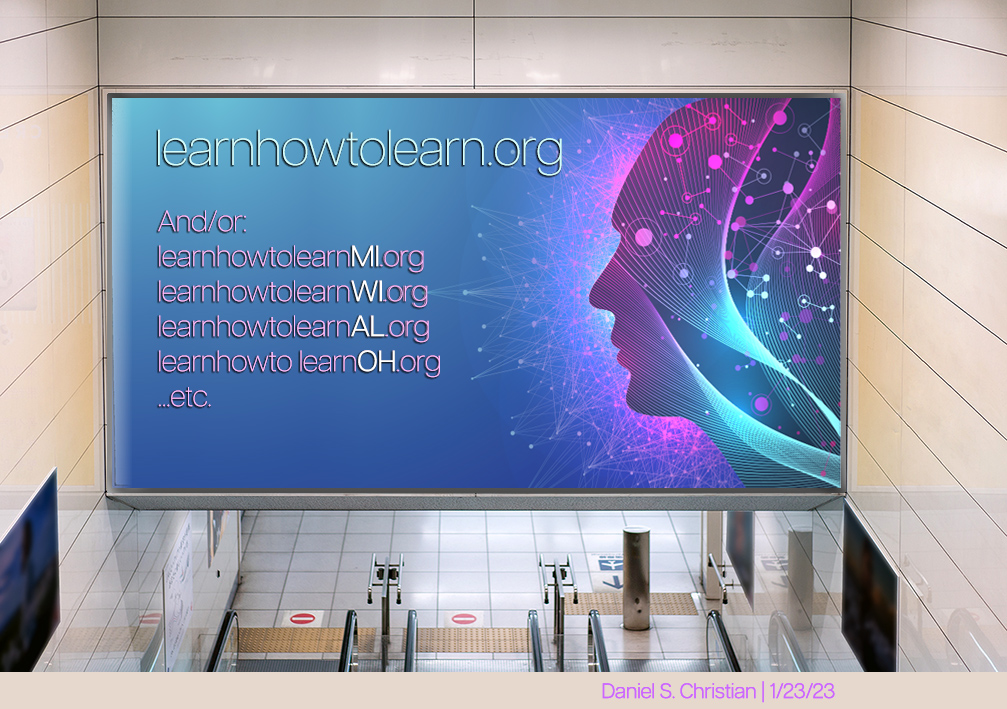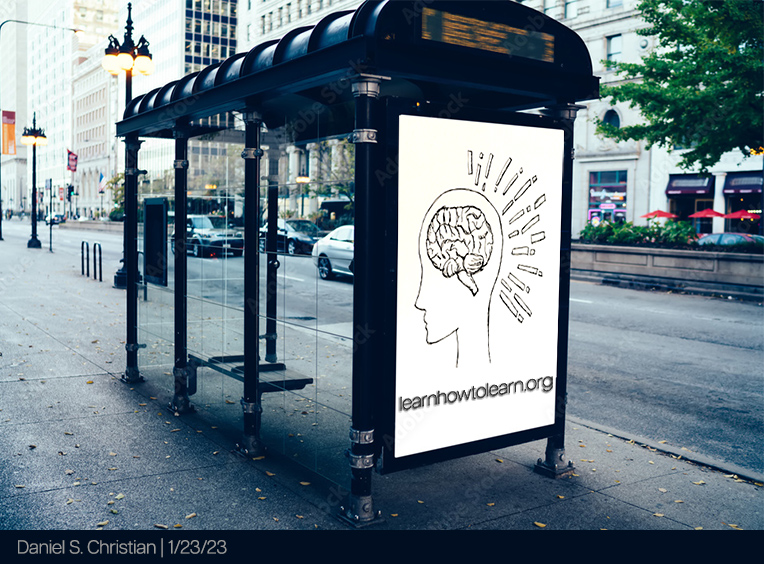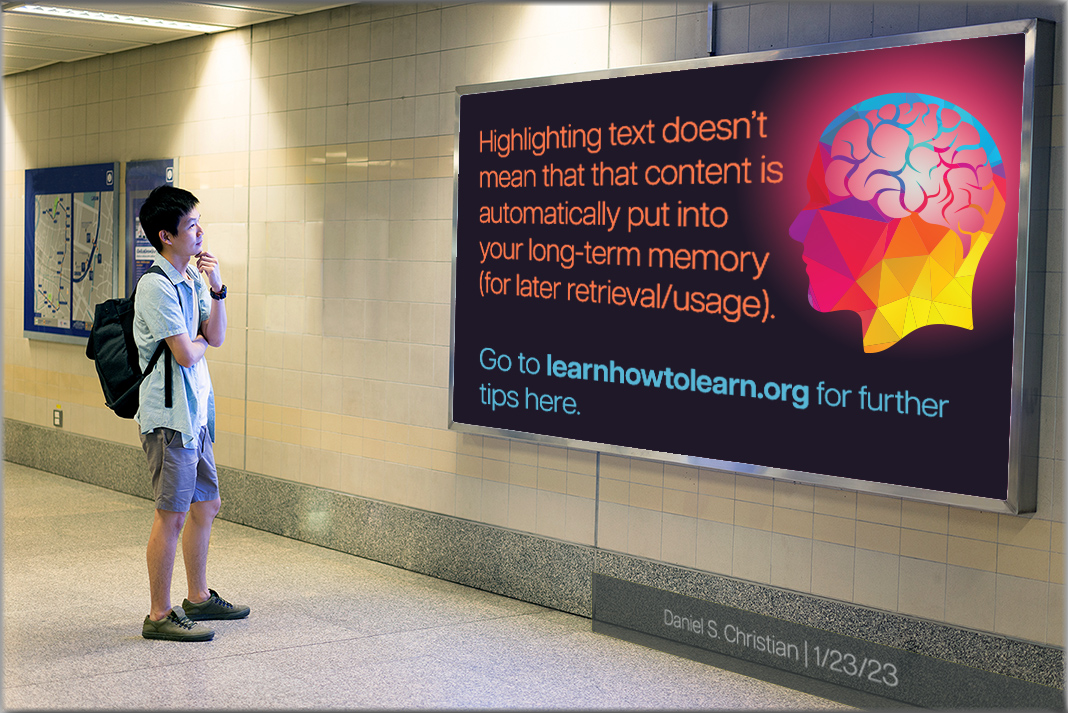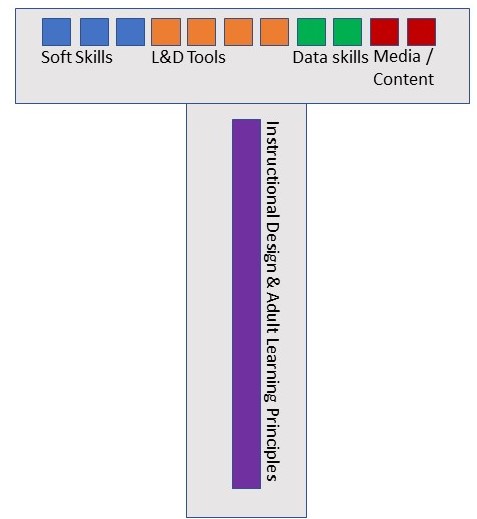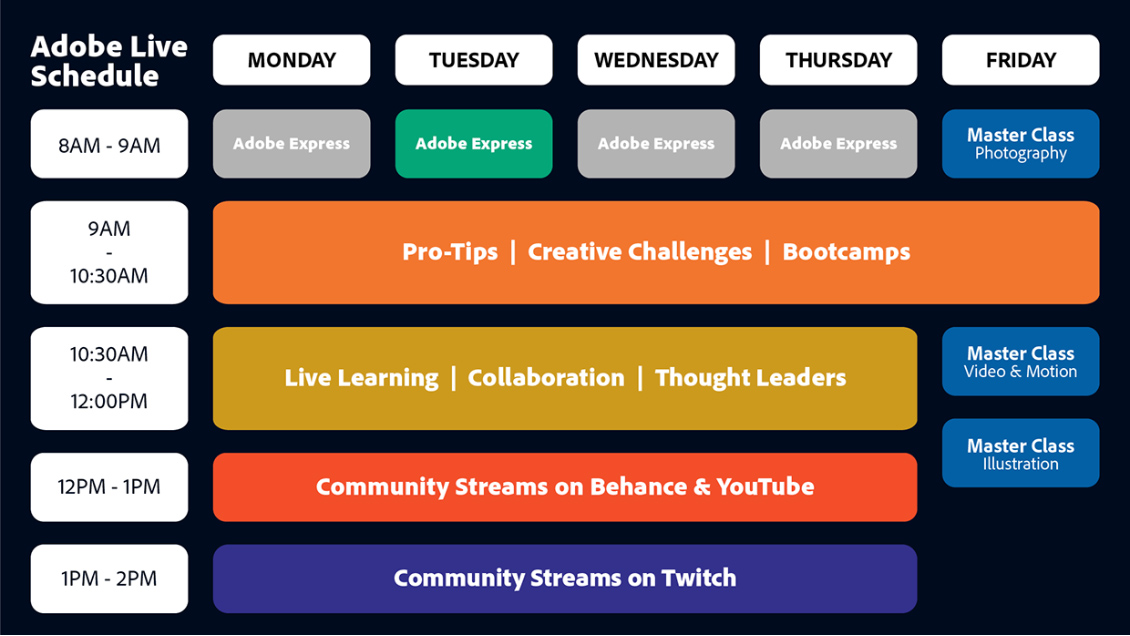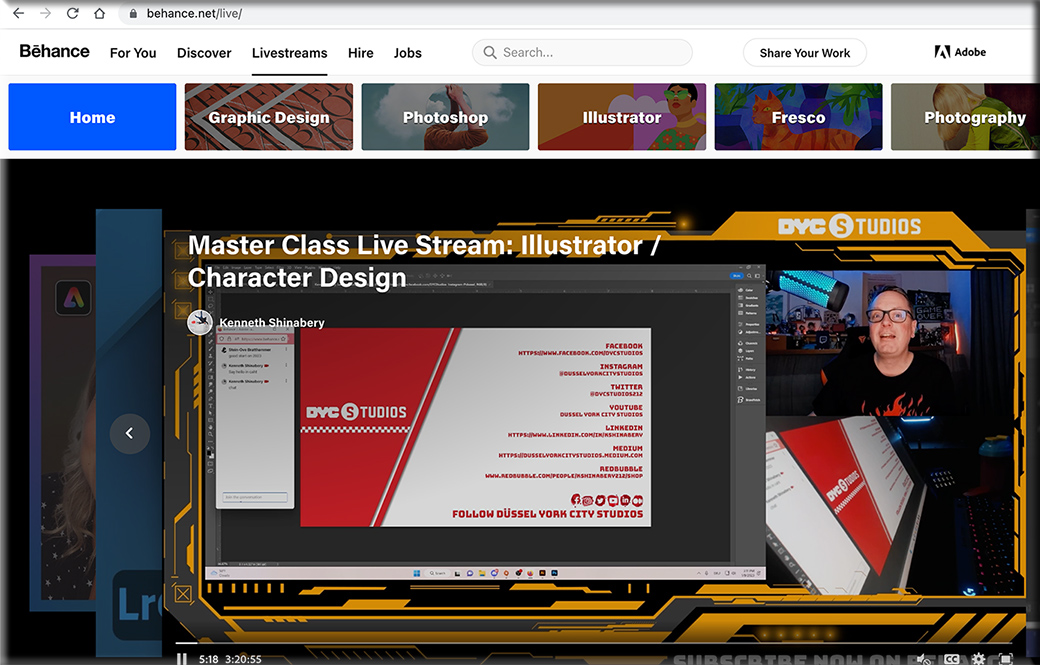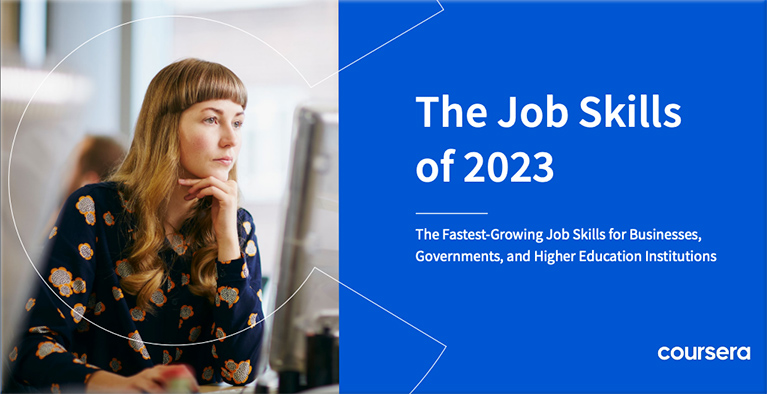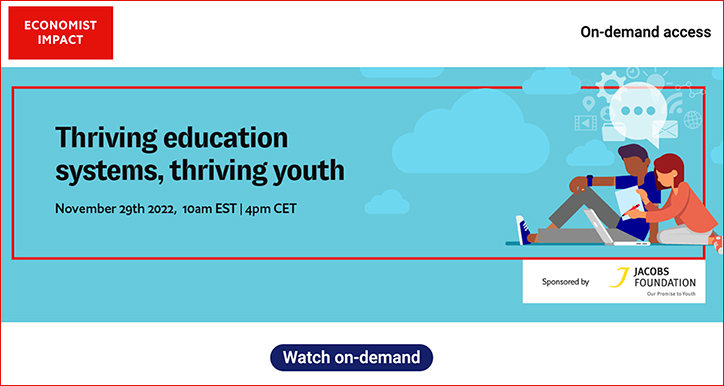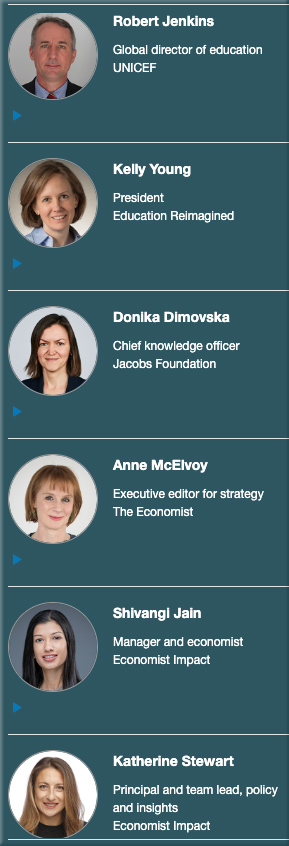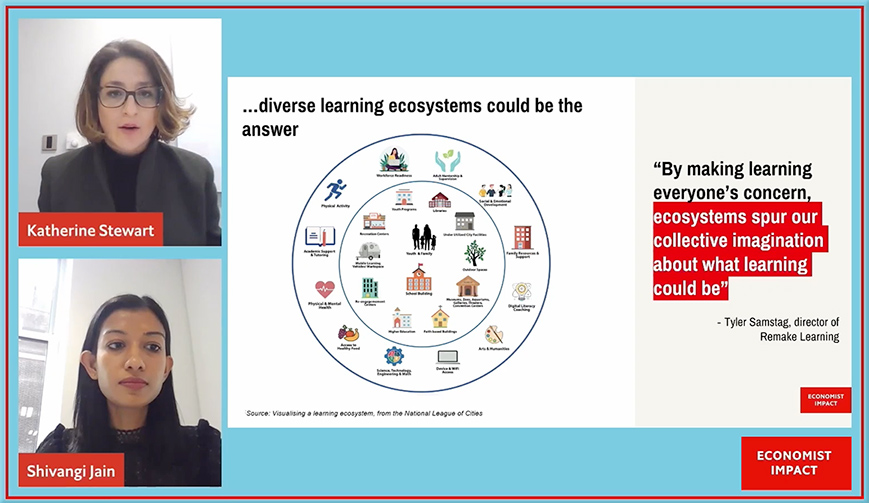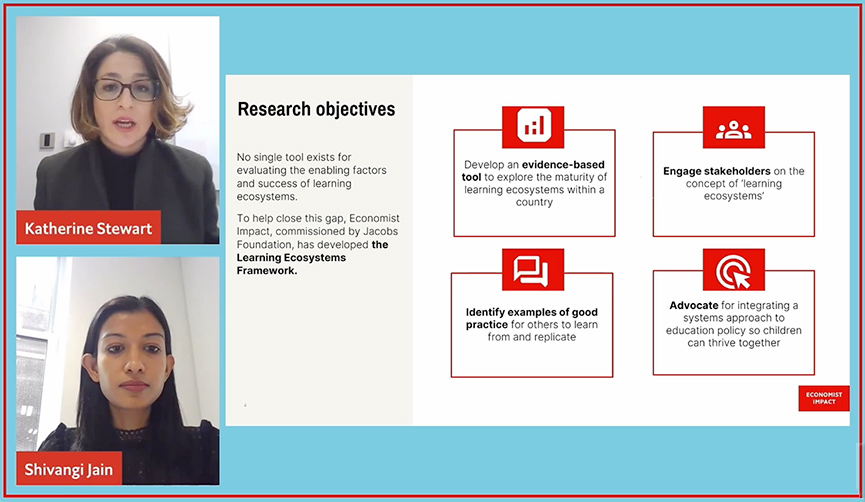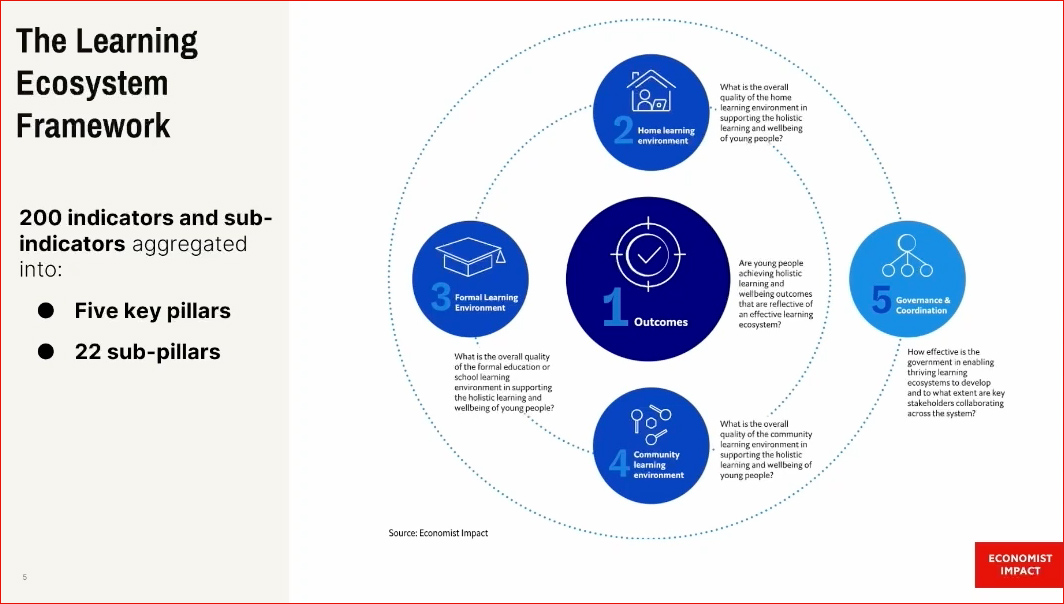Udacity’s Train-to-Hire Program Now Available in AWS Marketplace — from prnewswire.com by Udacity; with thanks to GSV for this resource
Excerpt (emphasis DSC):
MOUNTAIN VIEW, Calif., Nov. 29, 2022 /PRNewswire/ — Udacity, the digital talent transformation platform, today announced the availability of its Train-to-Hire Program in AWS Marketplace, a digital catalog with thousands of software listings from independent software vendors that make it easy to find, test, buy, and deploy software that runs on Amazon Web Services (AWS). With the addition of this program, AWS customers can now address technical talent gaps in their organizations by working with Udacity to create customizable, hands-on learning programs that attract and upskill net-new sources of talent. Through these Train-to-Hire Programs, AWS customers can transform the breadth and depth of their talent pipelines, lowering recruiting costs for in-demand roles and improving the diversity of their workforce by offering new opportunities to candidates from underrepresented communities.
As enrollment falls and public skepticism grows, some colleges are cutting their prices — from hechingerreport.org by Jon Marcus
The cost of college has stopped rising faster than inflation for the first time since the 1980s
Excerpt:
Colby-Sawyer College, a nearly 200-year-old institution that inhabits a campus in the heart of this bucolic scene, has announced that it will lower its tuition next year for undergraduates by 62 percent, from $46,364 to $17,500.
The move is among the first of what experts are predicting could be many colleges’ so-called tuition resets. Other schools are adjusting what they charge in different ways.
Fewer than one in five families understand that the “sticker price” colleges put on their websites and in their catalogs is almost certainly more than they will have to pay, and six in 10 say it’s made them walk away without even bothering to apply.
From DSC:
That’s very understandable on that last item/quote.
Next Chapter Matters – Two More Universities Launch Midlife Programs For Every Budget — from forbes.com by Avivah Wittenberg-Cox; with thanks to Ray Schroeder out on LinkedIn for this resource
Excerpt:
Whether you are retiring with millions in the bank or stuck at midlife desperately dreaming of a career pivot, there may soon be a university program for you. The latest offerings coming to the market are a testament to the diversity that is likely to develop as educational institutions start to respond to ageing societies and the future of work.
The idea that you get all the education you need up front in a four-year bundle at 18, should fast fade as careers lengthen towards the six-decade mark and retirement ages drift ever upward. There are now 12 programs on offer, and the two latest launching this year in the US are the University of Chicago and the University of Colorado Denver. (I’ll be looking at programs launching in Europe next).
Report: Progress on College Completion Rates Stalls — from insidehighered.com by Safia Abdulahi; with thanks to GSV for this resource
Excerpt:
A new report from the National Student Clearinghouse Research Center shows that college completion rates have stagnated, with 62.3 percent of students who enrolled in 2016 completing a degree by June 2022—virtually unchanged from last year’s six-year completion rate of 62.2 percent.
Is This the Beginning of the End of the ‘U.S. News’ Rankings’ Dominance? — from chronicle.com by Francie Diep
Excerpt:
If the law deans’ criticism sounds familiar, it’s because it echoes the complaints that have been leveled for decades against an even bigger project: the magazine’s ranking of undergraduate colleges and universities. There, too, critics have said the magazine’s metrics are flawed, opaque, and harm equity efforts.
But seldom have institutions acted on their concerns, as Yale and its peers have recently. And if elite colleges are willing to withdraw their support from one U.S. News ranking in the name of equity, why not another? In other words, is the undergraduate ranking the next venue for this kind of protest?
Not yet.
LinkedIn CEO Ryan Roslansky: Skills, Not Degrees, Matter Most in Hiring — from hbr.org
Summary:
Ryan Roslansky, the CEO of LinkedIn, thinks the site should be a place where its members’ billions of years of collective work experience should be freed to upskill anyone, anywhere, any time. Skills, more than degrees or pedigrees, are the true measure of what makes a great new hire, he argues, especially as the workforce evolves in fast and dramatic ways.










